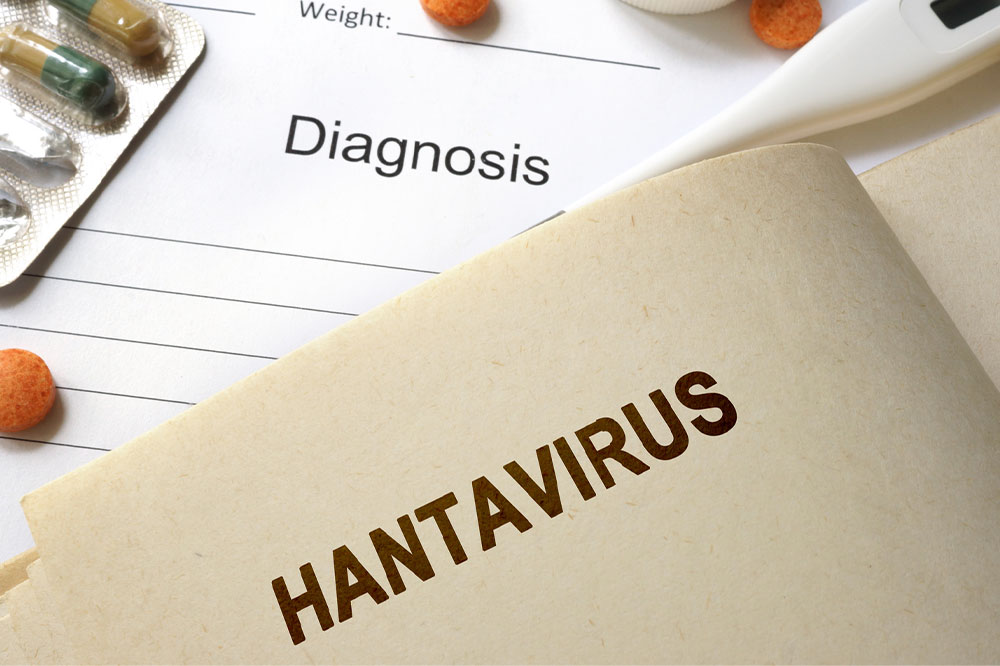
Hantavirus pulmonary syndrome – Causes and management
An uncommon and possibly lethal respiratory condition called Hantavirus pulmonary syndrome (HPS) is brought on by Hantavirus exposure. Since its first discovery in the southwest of the country in 1993, the illness has been recorded in many other nations, including South America, Europe, and Asia. A severe respiratory sickness brought on by the condition may quickly escalate to respiratory collapse and death. We shall cover several things about Hantavirus pulmonary syndrome in this article.
What is Hantavirus Pulmonary Syndrome?
Hantaviruses, transmitted by rodents such as deer mice, rice rats, and cotton rats, can cause hantavirus pulmonary syndrome (HPS), a severe respiratory condition. Humans can contract the virus by breathing contaminated dust or touching infected rodent urine, feces, or saliva. Fever, muscle pains, coughs, and shortness of breath are signs of HPS, which can develop quickly into respiratory failure and death.
Hantavirus pulmonary syndrome prevention
The primary method of preventing Hantavirus Pulmonary Syndrome (HPS) is to stay away from rats and the areas where they live. The following particular actions can help lower the risk of HPS.
- Rats that are hantavirus carriers can infiltrate houses and buildings through tiny cracks and holes, sealing up your buildings. To keep rats out, it’s crucial to plug any cracks in the foundation, roof, or walls. Fill up cracks or openings using caulking, steel wool, or other materials.
- HPS may be avoided through routine cleaning of interior locations, particularly those where rats are more likely to be present, such as attics, basements, and crawl spaces. Clean up any mouse waste, urine, or nesting materials with disinfectant.
- Food sources, including trash, pet food, and bird seed, attract rodents. Food should be kept in rodent-proof containers, and regular trash removal should be done in cans with tight lids.
- Use the proper protective equipment: To prevent exposure to the virus, those who work in vocations that require exposure to rodents, such as farmers, pest control specialists, and park rangers, should use the proper protective equipment, such as gloves, goggles, and respirators.
- Use traps rather than poison to manage rodent populations: Traps are a safer alternative to poison. The danger of contracting the virus rises due to poisoning rats that perish in difficult-to-reach locations.
- Teach others and yourself: Learn about the dangers of HPS and spread the word in your neighborhood about the value of taking preventative steps. Take these precautions carefully if you reside in an area where HPS has been detected to safeguard your family and yourself.
Eliminating rodent habitats, lowering exposure to infected mice, and taking care when working in rodent-infested areas are all part of the strategy for preventing Hantavirus pulmonary syndrome. These actions can help lower the risk of HPS and safeguard people’s and communities’ health.
Treatment and diagnosis of the hantavirus pulmonary syndrome
Since the symptoms of Hantavirus pulmonary syndrome are similar to those of other respiratory disorders, including pneumonia and the flu, a correct diagnosis can be challenging. However, laboratory testing can establish if Hantavirus antibodies or viral RNA are present in infected people’s blood or other body fluids. Supportive treatment of the Hantavirus Pulmonary Syndrome, such as oxygen therapy and mechanical ventilation, is used to treat HPS and assist in controlling the signs and symptoms of respiratory failure. Unfortunately, there isn’t yet a particular antiviral therapy for HPS, although work is being done to create a prescriptive treatment that works.
Global hantavirus pulmonary syndrome epidemiology
Cases of Hantavirus pulmonary syndrome have been recorded worldwide, raising concerns about its impact on global health. For example, Hantavirus Cardiopulmonary Syndrome, the disease’s local name in South America, has been ubiquitous there and has been the cause of multiple epidemics and outbreaks. Less than 50 instances of HPS are typically documented annually in the US, making it a very uncommon disease. However, the illness has been detected in more than 30 states and may spread to other locations where sick rats are present.
Public health response to hantavirus pulmonary syndrome
Public health officials have put several measures in place to prevent and control the spread of Hantavirus pulmonary syndrome due to the potential severity of the condition. These include monitoring programs to track the spread of the illness, public awareness efforts to increase knowledge of the dangers of contact with infected rodents, and improvements to the security of work environments where employees may be exposed to hantaviruses. Additionally, research is still being done to provide new prescription treatments to stop HPS.
Although hantavirus pulmonary syndrome is a significant health risk, it may be avoided by taking various steps to lower exposure to infected rats, raise public knowledge of the illness, and enhance surveillance and public health interventions. By following these actions, we can lower the prevalence of HPS and safeguard people’s and communities’ health worldwide.




